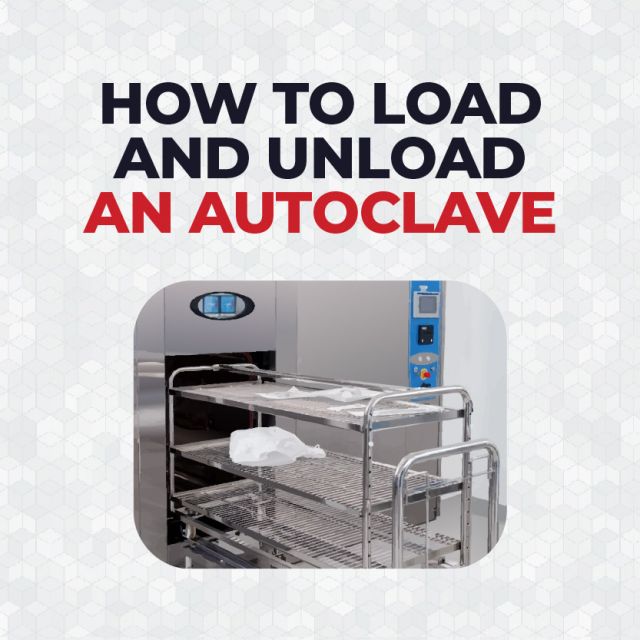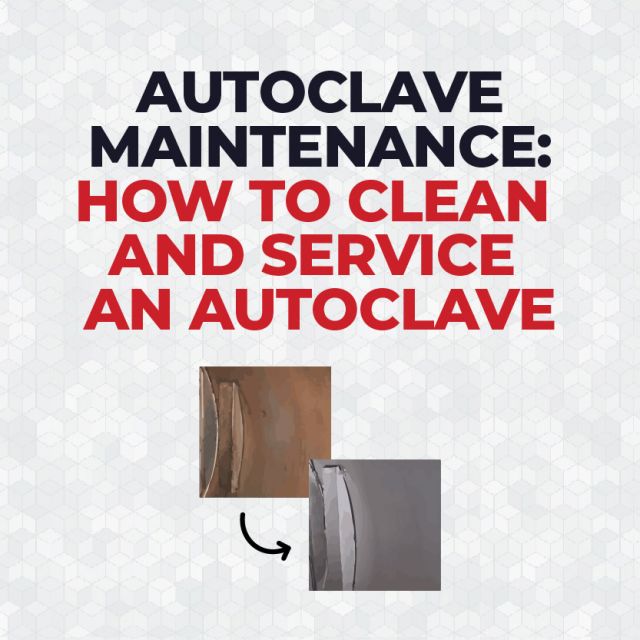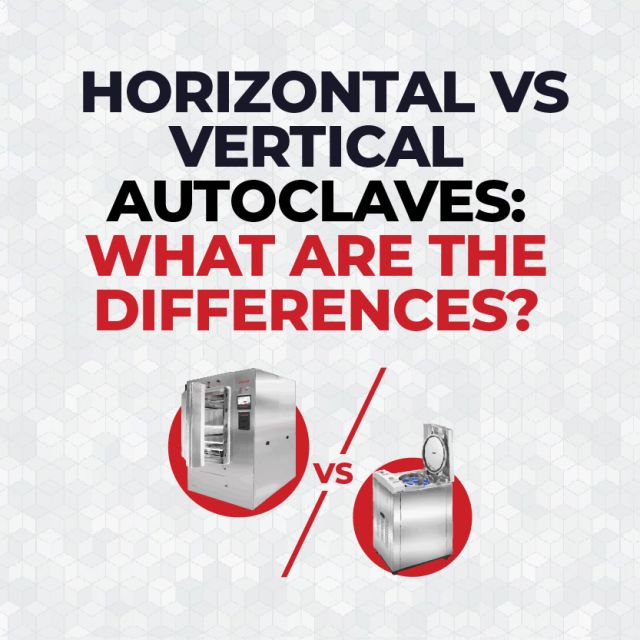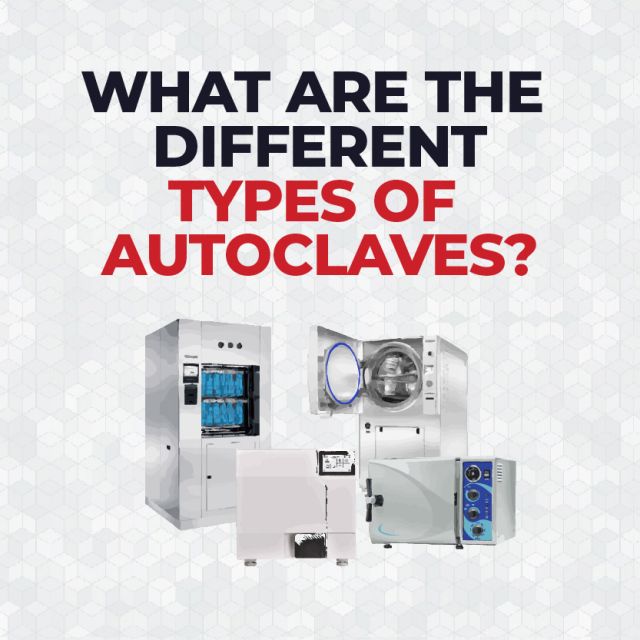Why is Rapid Defibrillation Important?
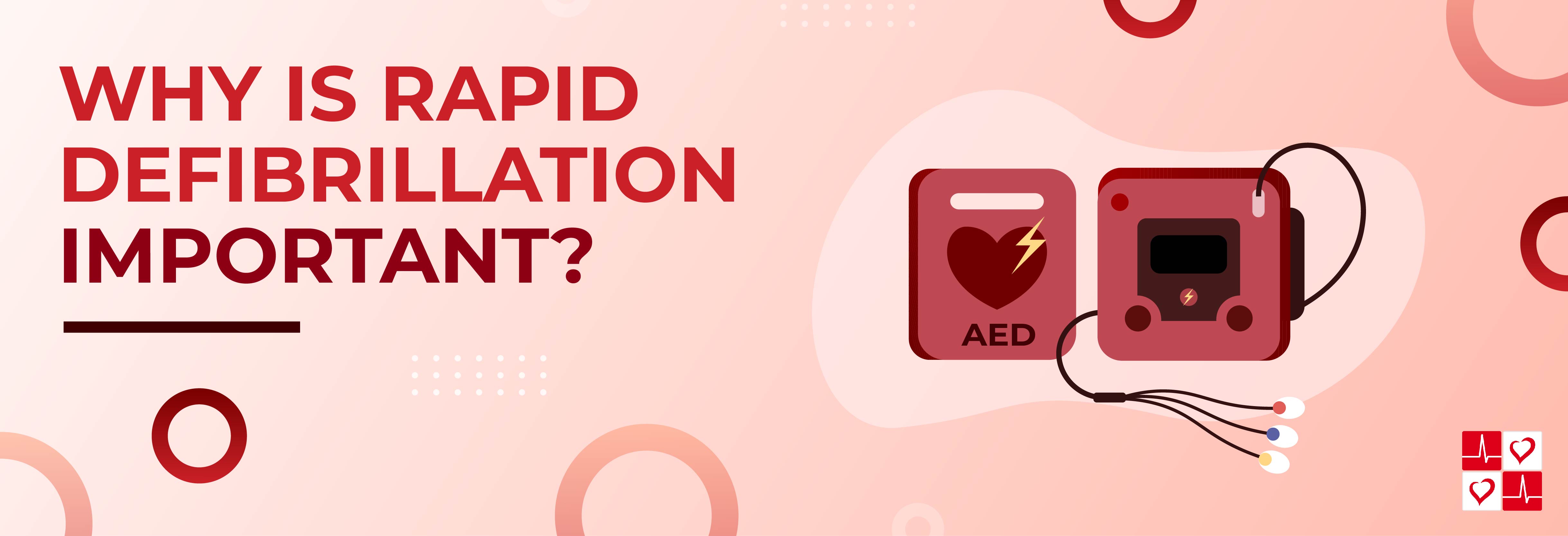
Introduction
Rapid Defibrillation is one of the most neglected steps in the Chain of Survival. However, it is one of the most important steps to restrain Sudden Cardiac Arrest. But why?
In this article, we’ll explain what Sudden Cardiac Arrest is and why Rapid Defibrillation is so important for saving lives.
What is Sudden Cardiac Arrest?
Sudden Cardiac Arrest (SCA) occurs when the heart’s electrical system interrupts the normal sinus rhythm. Consequently, this causes the heart to beat abnormally fast or slow, also known as Ventricular Fibrillation and Pulseless Ventricular Tachycardia. Luckily, rapid defibrillation can correct both arrhythmias to a normal sinus rhythm.
It is very common for victims to experience chest pain or shortness of breath before entering SCA.
During Sudden Cardiac Arrest, the heart cannot deliver oxygen to the brain and other vital organs. As a result, the heart is not able to pump blood throughout the body. Shortly after it occurs, victims may collapse, gasp continuously, and exhibit seizure-like movements.
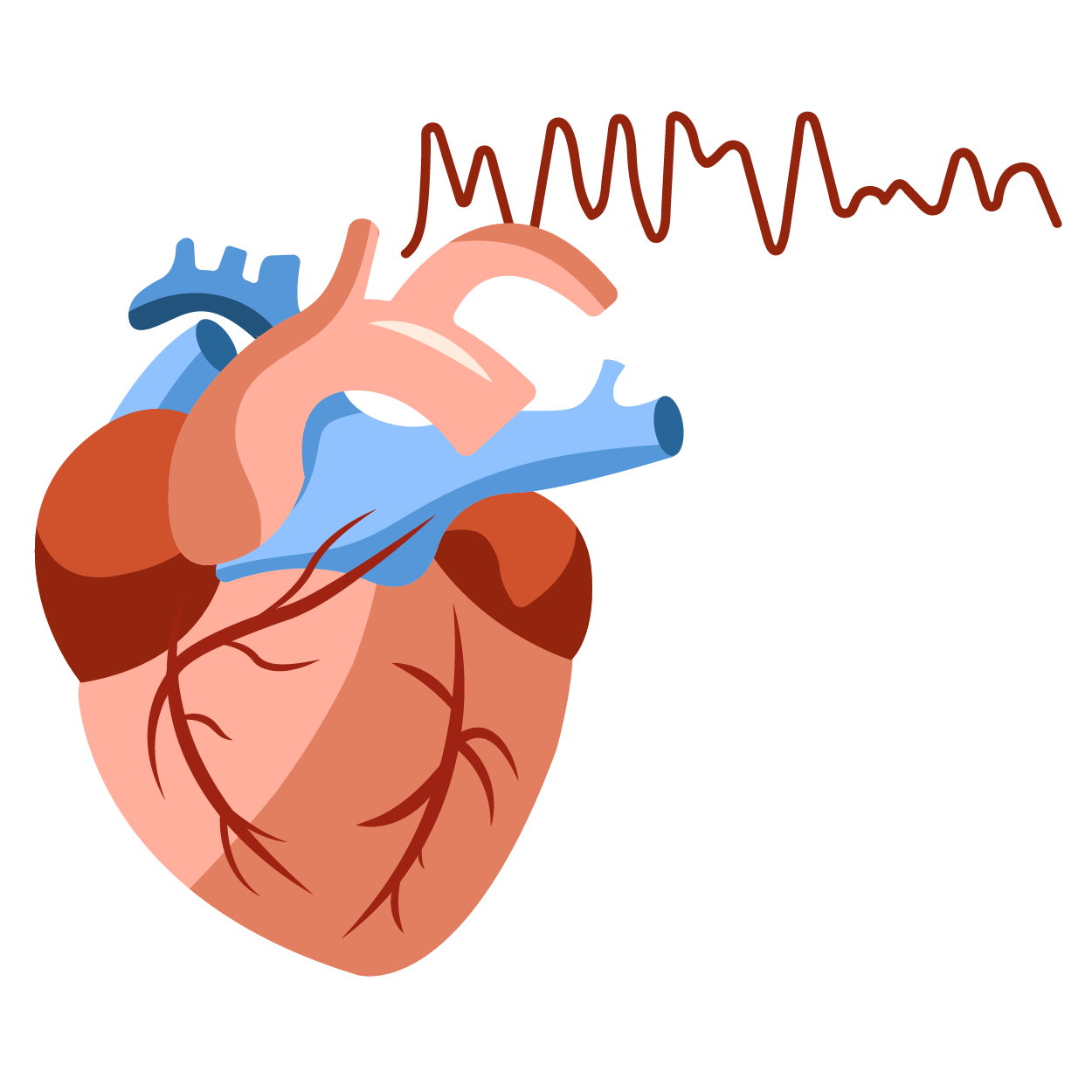
Sudden Cardiac Arrest Statistics
The American Heart Association reports that nearly 350,000 people in the United States die from Sudden Cardiac Arrest every year. However, those who survive SCA typically receive immediate help from bystanders who perform rapid defibrillation.
What is Rapid Defibrillation? (And What is an AED?)
Rapid Defibrillation is the process of shocking the heart to stop deadly arrhythmias. Typically, Rapid Defibrillation is performed, using an AED, less than 3 minutes after a victim suffers from Sudden Cardiac Arrest.
An Automated External Defibrillator (AED) is a device that delivers electric shocks to restart a heart to its normal rhythm. It restores a natural rhythm by stopping the heart and allowing it to reset. AED’s can be used by first responders, medical professionals and and even bystanders. As a bystander, it’s important to follow the CALL-PUSH-SHOCK protocol to potentially save a life from Sudden Cardiac Arrest.
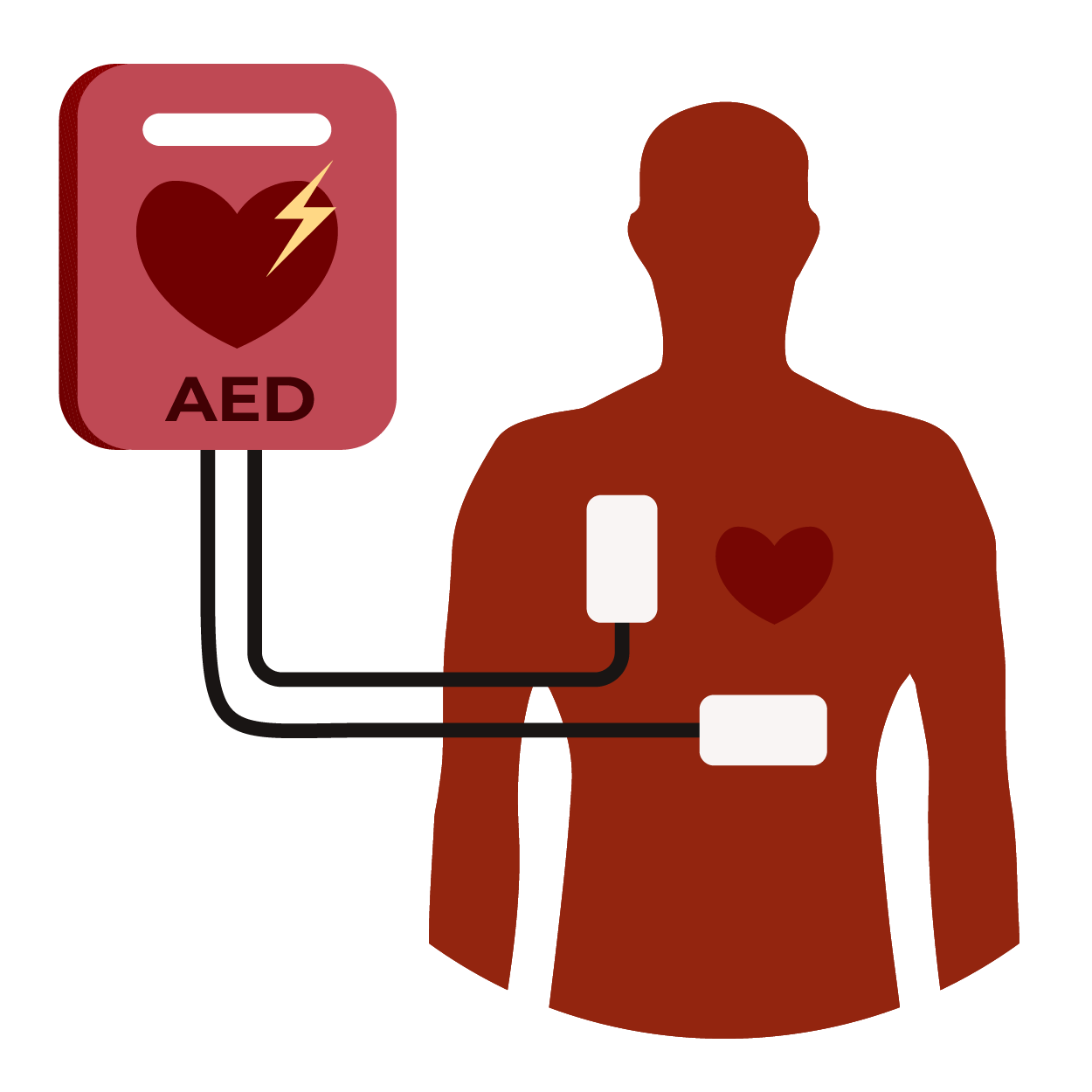
Why is Rapid Defibrillation Important?
Defibrillation within 3 minutes of SCA can lead to a 90% survival rate. However, that rate drops to nearly 10% each minute after that period. Sadly, a small minority get the help they need in a timely fashion. As a result, 90% of people who experience an out-of-hospital cardiac arrest die.
In Cardiac Arrest situations, time is of the essence. Therefore, Rapid Defibrillation is the most important and effective step in the Chain of Survival for Cardiac Arrest. To learn more about Rapid Defibrillation, click here.
Closing
In short, rapid defibrillation can determine whether a victim survives or not. In simplest terms: the sooner a victim receives defibrillation, the better the chance of a victim’s survival.
However, please note that we are not medical professionals. If you see someone suddenly collapse, we highly recommend calling 911 first and foremost before proceeding with the Chain of Survival.



